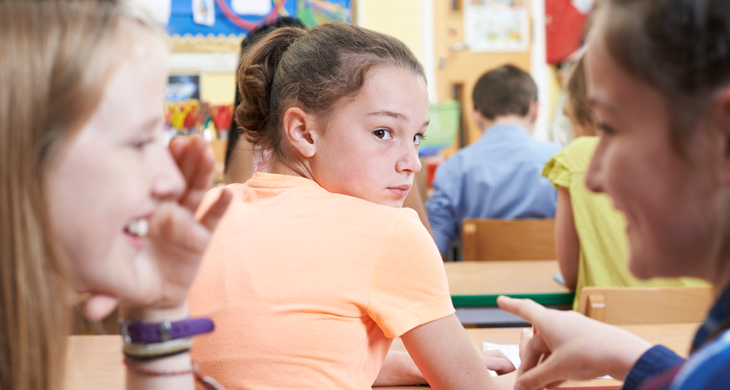Whether gazing out the window to watch other students participate in P.E. class or recess, or doodling a re-creation of a poster on the classroom wall, or eavesdropping on a nearby conversation, students face many distractions in the classroom. If you’ve ever spent time observing an active classroom, you’re well aware there are plenty of stimuli besides the teacher and the lesson competing for students’ attention. According to one study, all of those distractions add up and undermine learning significantly.
Researchers Conclude That Students Are Often Off-Task
During a study funded by the Department of Education’s Institute of Education Sciences, researchers used a novel technology to identify the amount of time students spent off-task while in the classroom. Seven researchers tracked every student in more than 50 classrooms, ranging from kindergarten to fourth grade. In all, researchers observed about 1,100 students over the course of one school year.
The study concluded that roughly 25 percent of an elementary school student’s time in the classroom is spent distracted—not learning! Specifically, the researchers concluded:
- Students became more distracted as the school year progressed.
- Students were more likely to become distracted with longer lessons than they were with shorter lessons.
- Students were more likely to become distracted during whole-group instruction than they were during individual or small-group instruction.
- Girls were more likely than boys to be distracted by their peers.
- In general, girls were more likely to stay on task than boys.
The Takeaway for Parents and Teachers
Classroom distractions will always exist; there’s no way to prevent students from envying Suzy’s perfect fishtail braids or James’ expensive tennis shoes, or daydreaming about the camping trip they’re taking the next morning. However, parents and teachers can take steps to minimize classroom distractions so kids are more likely to focus on learning.
Based on the conclusions the researchers drew, teachers should try to keep lessons short. Considering that the average adult attention span hovers at around five minutes, it’s counterproductive to subject elementary school students to lengthy lessons. Based on the study’s results, teachers should limit lessons to 10 minutes or less, especially when they’re covering complex subject matter.
Additionally, since students’ minds are more apt to wander during lectures and other lessons addressing the entire classroom, teachers should incorporate more small-group or individual-learning opportunities.
Teachers and parents can work on minimizing external stimuli that competes for students’ attention in the classroom. A different study conducted by researchers at Carnegie Mellon University and published in Psychological Science in 2014 concluded that students in classrooms with an abundance of decorations (motivational posters, maps, number lines, shapes, student artwork, etc.) “were more distracted, spent more time off-task, and demonstrated smaller learning gains than when the decorations were removed.” The takeaway for teachers? Less is more when it comes to classroom décor!
Parents can also do their part to minimize distractions by being mindful of their students’ accessories and accoutrements. Perhaps it’s time to rethink that giant, bedazzled hair bow; those light-up sneakers; or the multiple backpack clip-ons. And, when purchasing school supplies, think bland rather than bling.
Teachers, parents, and students all want to see kids excel in the classroom. Yet what may seem like minor distractions can have a big impact on kids’ attention spans. It’s time to get learning!
If your child is finding classroom distractions are getting in the way of learning and academic performance consider online learning. Learning at home with online teachers and lesson plans may be more productive for students who are easily distracted in large classrooms. Visit K12.com to learn more.





































